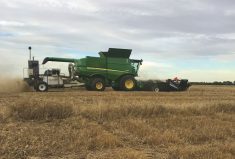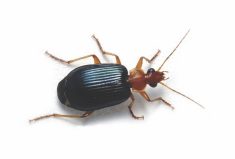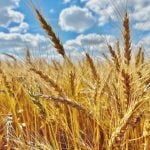Ray Harrington, an innovative farmer from Western Australia was struggling with herbicide-resistant weeds, so he took matters into his own hands by using a cage mill from an old mine that he adapted to process the chaff coming out the back of his combine.
A team from the University of Western Australia, led by Michael Walsh, got involved with Ray’s invention by conducting a number of on-farm research trials to evaluate the effectiveness of the “Harrington seed destructor.”
The results were impressive with greater than 90 per cent seed destroyed in the chaff of a number of different weed species. Over time, the destructor evolved and became more polished, with de Bruin engineering becoming involved in the manufacturing of units.
Read Also

Sensing the soil: Root cell research finds ‘stress hormone’
Research into how root cells react to soil stressors could help plants better adapt to changes in their climate.
Even in the absence of herbicide-resistant weeds, it is rare to see a completely weed-free corn, soybean or wheat field at harvest time. Some weeds will germinate late, well after the last of any residual activity from your herbicide. Often it isn’t unsightly, but most farmers that I’ve spoken with over the years strive to return as few weeds to the soil seed bank as possible. What if there was a way to destroy any “escaped” weeds at harvest, herbicide resistant or not?
The Harrington seed destructor provides some intriguing possibilities, especially in crops such as soybeans and cereals where a significant amount of weed seed will go through the combine.
Like any new technology, there are some objections. The first, usually by farmers, is the current tow-behind unit. Very few operators want to tow behind another implement in the field. Forget about this point. Why? Think of many recent innovations in electronics, the majority has got smaller. This will happen with the Harrington seed destructor; new prototypes will be smaller and attached to the combine.
The second objection is around the unit’s efficacy. Large-seed weeds like wild oats may be easy to destroy, but what about tiny weeds like Canada fleabane or pigweed? Fortunately Agriculture and Agri-Food Canada has purchased a unit in Ontario, and Dr. Rob Nurse and Dr. Eric Page will be evaluating the effectiveness of the seed destructor on many common weeds.
Have a question you want answered? Hashtag #PestPatrol on Twitter to @cowbrough or email Mike!















